Origins and Application of Water-Roux
Water-roux, also known as Tangzhong, is a baking technique that originates in Japan. This method involves cooking about 5-10% of the total flour used in the bread recipe with water or milk. The result is a smooth, sticky dough that significantly improves the texture of the final bread.
To apply this technique to making gluten-free bread, you can follow a similar process. You start by mixing one part flour with five parts water or milk to create the water-roux. This is then cooked until it thickens to a pudding-like consistency. Once cooled, the water-roux is added to the other ingredients and mixed.
10 Reasons to Use Water-Roux in Gluten-Free Bread
- Improves texture: Water-roux makes bread softer and fluffier. This is especially helpful in gluten-free bread, which can tend to be denser and heavier than regular bread.
- Increases shelf life: Bread made with water-roux stays fresh longer. This is a great advantage, especially for those who prepare bread at home and do not have preservatives.
- Improves the structure of the bread: Water-roux affects the structure of the bread, making it more uniform. This can help prevent holes that sometimes form in gluten-free bread.
- Reduces sophistication: Water-roux can help make gluten-free bread less crumbly. This can be especially useful for rolls and sandwich breads.
- Improves moisture: Water-roux helps retain moisture in the bread. This can prevent gluten-free bread from becoming dry.
- Versatility: Water-roux can be used in a variety of bread recipes. This makes it a useful technique to have in your baking repertoire.
- Ease of handling: The dough made with water-roux is easier to handle. This can make it easier to form specific shapes of bread.
- Improves leavening: Water-roux can help bread rise better. This can help achieve lighter, airy gluten-free bread.
- Requires no special ingredients: Water-roux requires only flour and water or milk. This makes it a technique accessible to everyone.
- Suitable for special diets: Water-roux can be used in gluten-free bread recipes. This makes it a useful technique for those following a gluten-free diet.
5 Reasons Why Water-Roux Might Be Less Useful in Gluten-Free Bread
- Takes extra time: Preparing water-roux requires an additional step compared to normal bread preparation. This can be an inconvenience for those who are short on time.
- Additional Equipment Needed: To make water-roux, you need a kitchen thermometer to make sure the mixture reaches the correct temperature. Not everyone has this equipment available.
- Potential for errors: If the water-roux is not prepared correctly, it can negatively affect the texture of the bread. This can be a problem for less experienced bakers.
- Not suitable for all breads: Water-roux may not be suitable for all breads, especially those that require a crispier texture. For example, it may not be the best choice for a gluten-free bread with a crunchy crust.
- Difficulty in balancing humidity: Too much water-roux could make the dough too wet and difficult to work with. This may take some practice to get the balance right.
Water-roux can be a great tool for improving the quality of gluten-free bread. However, as with any technique, there are advantages and disadvantages to consider. With practice and experience, bakers can learn to effectively use water-roux to enhance their gluten-free creations.


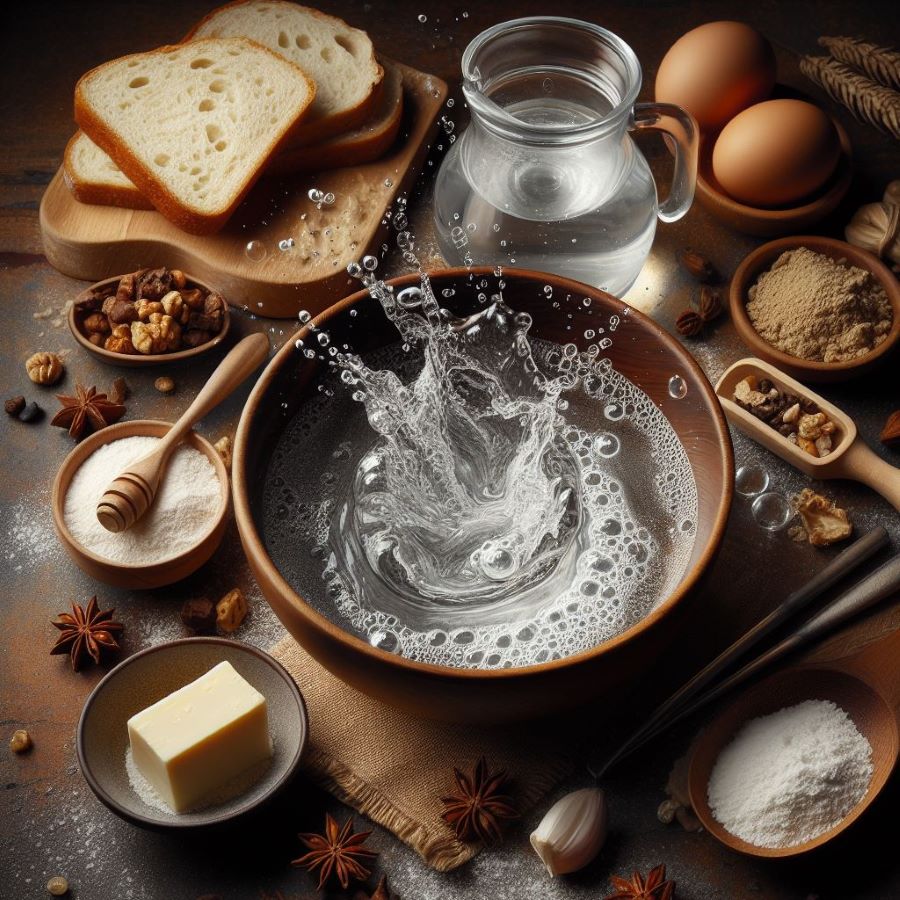
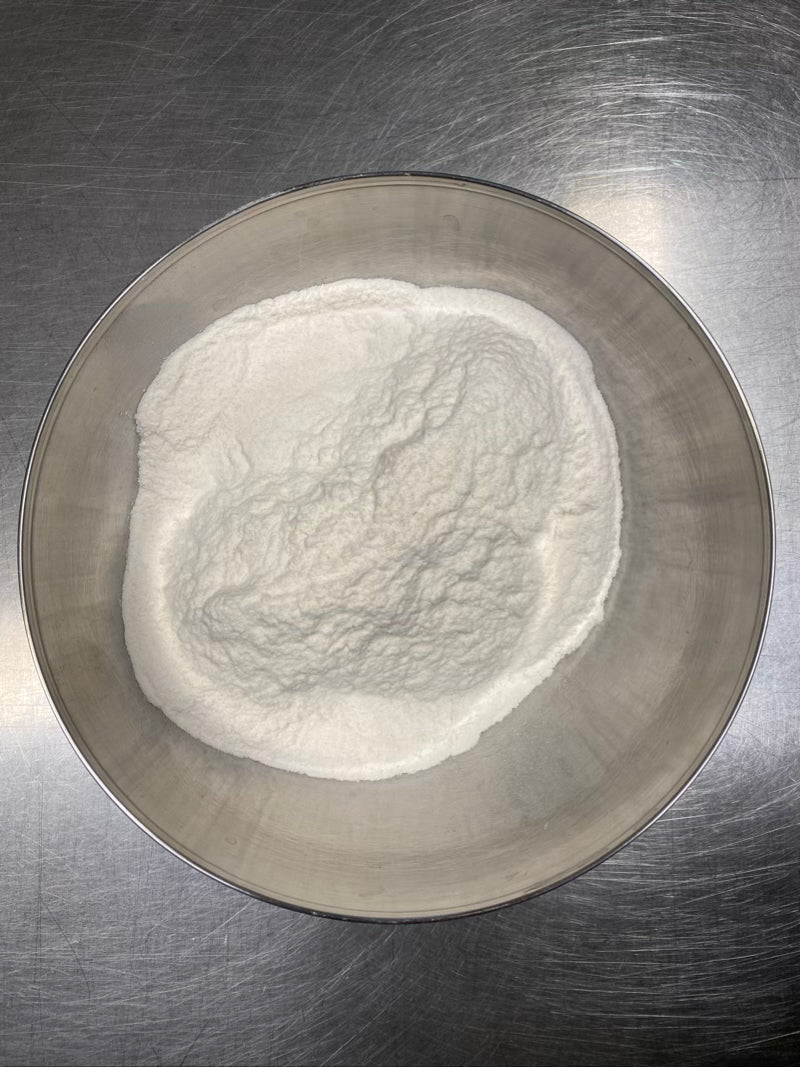
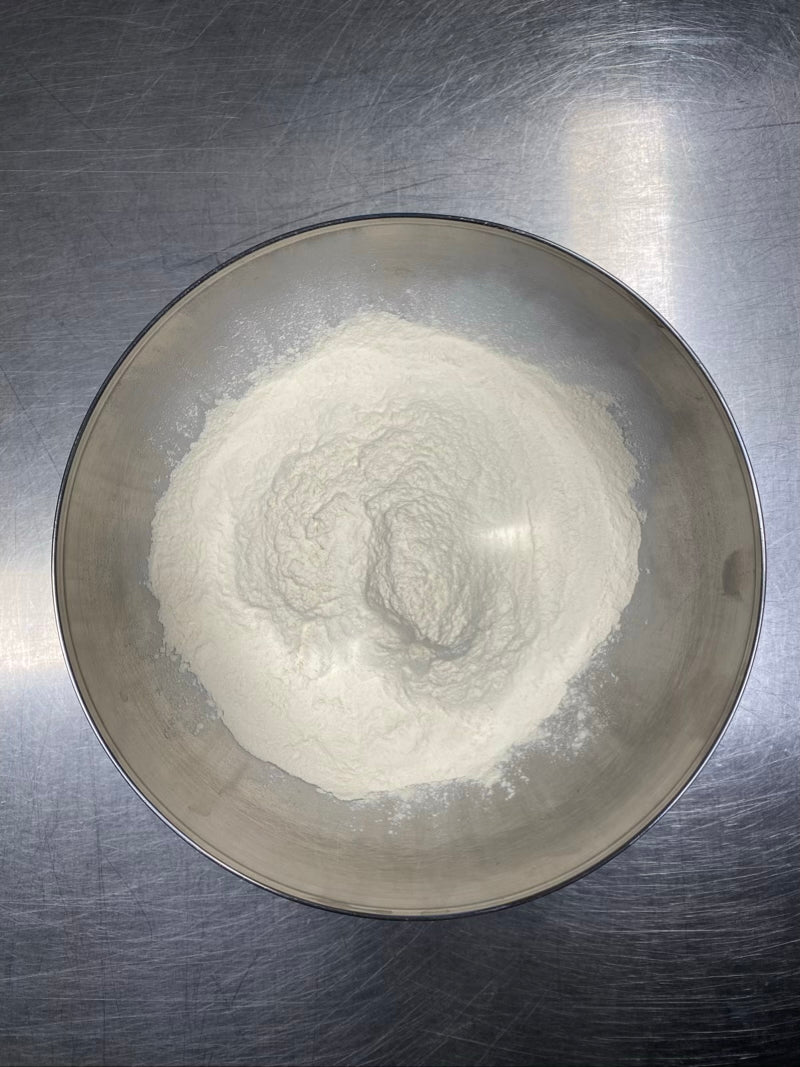
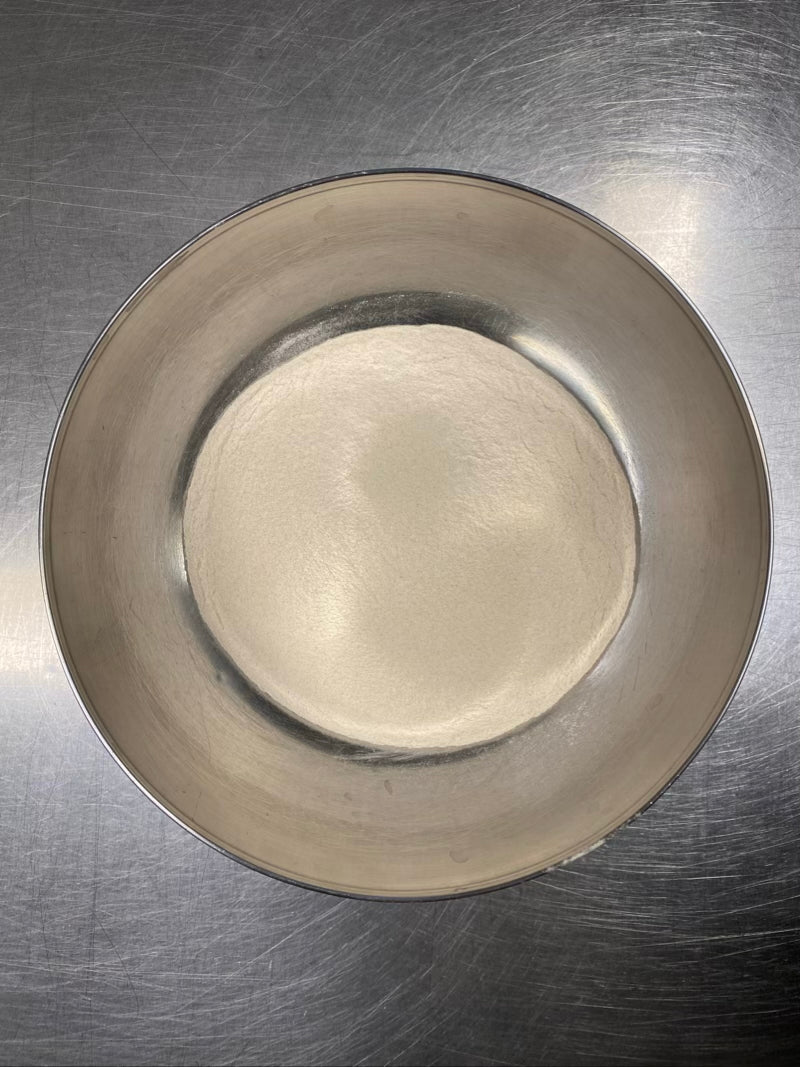
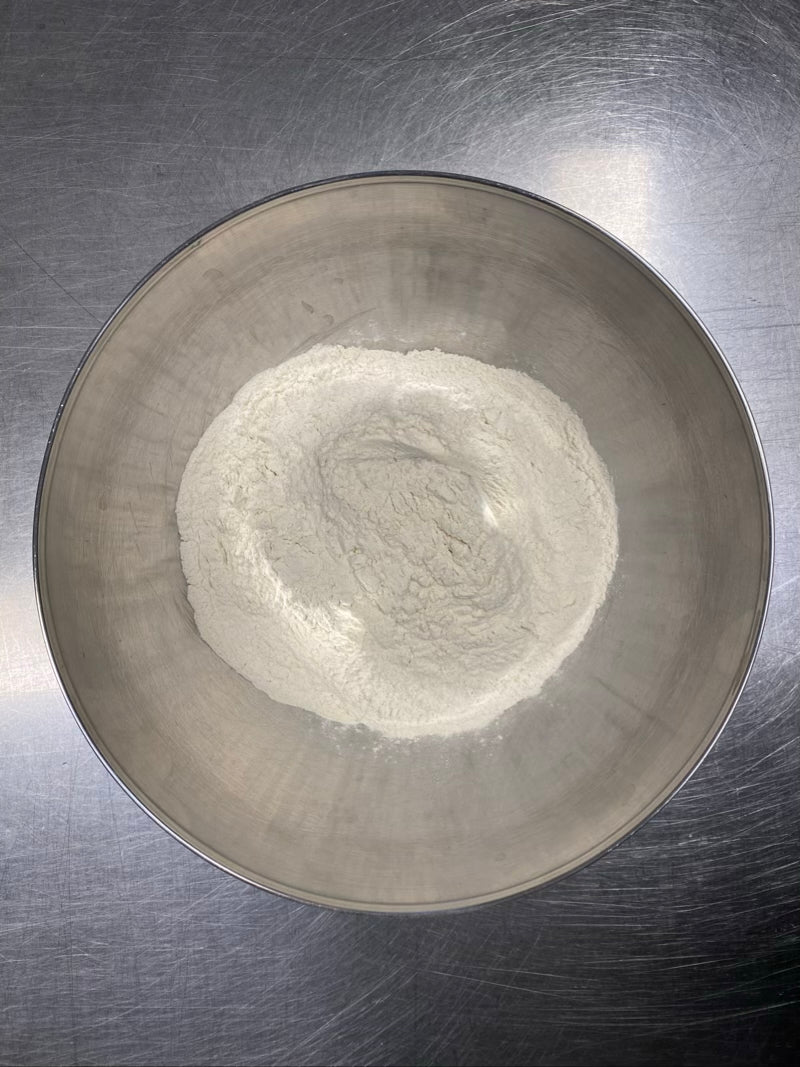

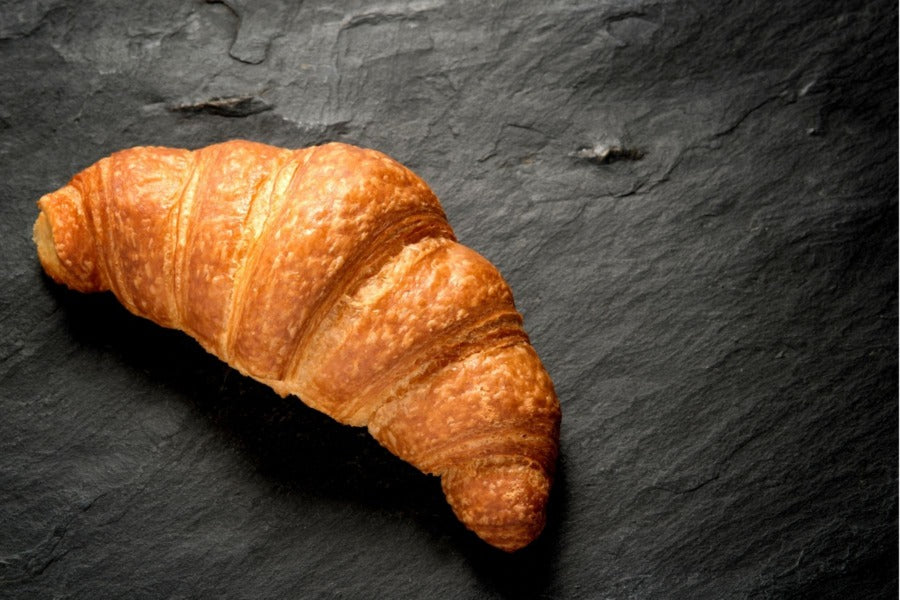

Share:
Xanthan, what is it?
Potato fiber